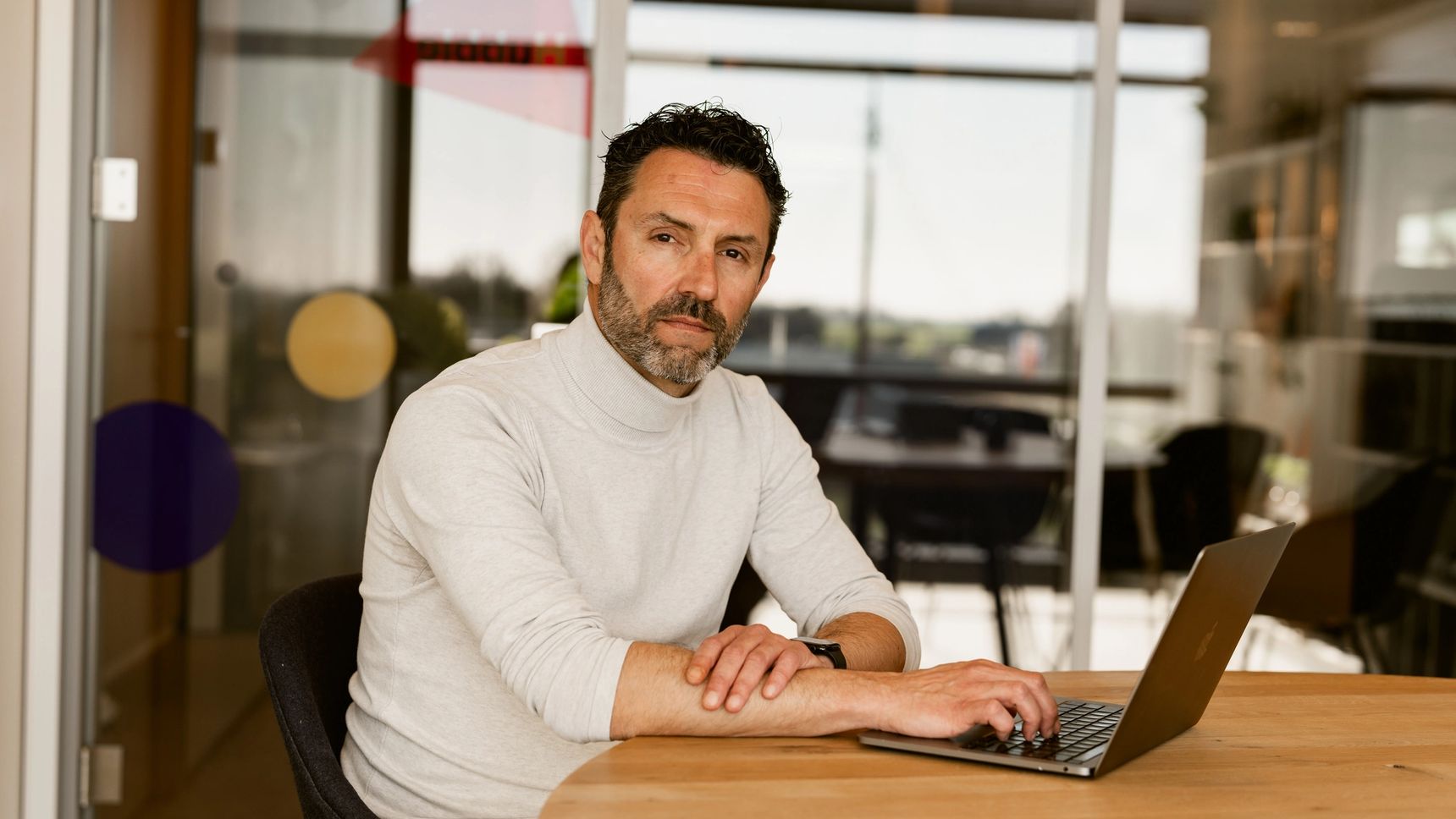
Roy Meister
Product Owner Technology Operations
16 May 2025, 10 min
You’re not a tech company—and that’s why bringing managed services in-house keeps failing
Introduction
Live media, high-traffic platforms, critical infrastructure; when systems can’t go down, someone has to keep them up. That’s where a technology operations (TechOps) team comes in. Their work keeps uptime high, response times low, and resilience intact under pressure.
Roy Meister, Product Owner Technology Operations, leads the TechOps team at Hypersolid. We spoke with him about the realities of in-house support, what makes managed services work, and how proactive engineering makes all the difference.
Interview
Q: A trend is that a lot of companies want to handle support in-house. What usually gets in the way
Honestly, I wouldn’t call it a trend. It’s more like a recurring cycle. I’ve seen companies swing between outsourcing and insourcing for 25 years now. There’s always this belief that doing it in-house or shifting work to teams abroad will be cheaper. And sure, on paper, it can look that way. But over time, the problems start to show: high turnover, loss of knowledge, lack of consistency. You end up spending more time rebuilding what you already had.
Roy Meister on in-house support challenges
Talented engineers want variety. They want to learn and grow. If you assign them to a single internal platform and expect them to just keep it running, they get bored—fast. They leave, the team falls apart, and the knowledge goes with them. In big organizations, the disconnect between IT and business leadership makes things worse. You’ve got a CTO reporting to a CEO who doesn’t speak tech. That gap causes misalignment.
Eventually, those companies come back to external partners. These partners are typically designed to support a broad range of platforms, which keeps their teams agile and constantly evolving. They benefit from seeing patterns across different clients. What starts as a security issue in one environment becomes preventive advice in another. That kind of shared insight and adaptability is hard to replicate inside a single organization.
Q: What is your take on delivering managed services?
For me, delivering managed services is first and foremost about trust. You're stepping into the engine room of someone else's business. You're taking responsibility for systems whose failure could result in serious financial loss, damage to reputation, or even more severe consequences. So it's not just about keeping things running. It's about being a partner they can count on, even when things get messy.
Roy Meister on trust in tech operations
That’s why our setup at Hypersolid looks different. We don’t do the classic first-, second-, third-line division. Everyone in the team rotates. That might sound inefficient on paper, but in practice, it creates tighter feedback loops and a stronger sense of ownership. Even senior engineers still pick up operational work, and that’s intentional. It keeps them sharp and connected to the reality of what clients experience every day.
We also make sure that teams stay close to the clients they support. Typically, it’s a core group of 8 to 12 people per team. That gives us the scale to offer 24/7 support without overloading anyone, but it’s small enough to keep things personal. Clients get to know our engineers. They know who to call, and they don’t need to explain their environment from scratch every time. That human connection matters. It creates a kind of shared rhythm, where both sides understand what “normal” looks like and can spot problems early.
The last piece of the puzzle is end-to-end responsibility. We don’t separate build and run. The same people who build a platform are involved in running it. That changes the way you think. If you know you're going to be the one getting called when something breaks, you build differently. And when you’re part of the same team that improves and scales that platform over time, the focus shifts from reactive to proactive.
So for me, managed services is about more than uptime or Service Level Agreements (SLAs). It’s about continuity, ownership, and relationships. It’s making sure the client doesn’t feel like they outsourced a task, but like they gained a partner who actually cares.

For Roy Meister, real support means consistency, ownership and being a partner who shows up when it matters.
Q: When things get critical, what makes the difference beyond 24/7 availability?
What really matters is how quickly you can step in and whether you understand what’s happening. In media especially, there’s zero margin for error. If a live broadcast drops, you can’t patch that up afterward. That second is gone.
That’s why we’re structured to act within minutes. But that only works if you’re connected to the full picture. We don’t just watch our own systems; we monitor the entire chain, even if parts of it aren’t technically ours. That broader view helps us respond faster and more effectively.
We’ve supported everything from live productions to major e-commerce events. And in those moments, what matters most is having a steady hand. People who stay calm, know where to look, and quietly take the lead when needed.
That’s also why we’re deliberate about the partners we bring in. We follow a best-of-breed approach: choosing what fits the problem, not just what we’ve always used. Being solution-led rather than vendor-led. And just as important: we don’t wait for things to go wrong. We’re constantly scanning for early signals. Subtle shifts that suggest something’s off.
Q: What does this proactivity look like day-to-day?
Our teams are built to spot early warning signs. Maybe a new release quietly doubles the number of database queries. Maybe cloud spend starts creeping up unexpectedly. It’s those small shifts that can snowball into major problems if no one’s paying attention. We flag them before they break something.
That kind of pattern recognition is part of our everyday rhythm. We deliver regular reports with recommendations, not because it’s in the contract, but because that’s what it takes to stay ahead. We’d rather fix something before it fails than explain it afterward.
And because many of our engineers have development backgrounds, they’re able to step into conversations across silos. In a high-stakes incident call, that matters. Clients lean toward the team bringing clarity, not the one quietly reading logs with their cameras off. You feel the shift. We bring context, questions, and potential causes.
Ultimately, it’s not just about tooling. It’s about people. Clients want to work with people who get them, who think ahead, and who actively help them avoid problems. That’s how trust is built. If you’re falling back on SLAs, something’s already gone wrong. We prefer XLA thinking—Experience Level Agreements. Where the measure isn’t just uptime, but peace of mind.
Most companies don’t fail at support because they lack good people. They fail because they’re not built like tech companies. Talented engineers want challenge and variety, not years spent on a single internal platform. When they don’t get that, they leave, and with them goes critical knowledge. Combine that with the disconnect between IT and business leadership, and it becomes nearly impossible to build lasting, reliable support from within.
At Hypersolid, we bridge that gap. Our teams stay sharp by working across stacks, rotating roles, staying close to the systems they support. We combine 24/7 availability with proactive thinking and bring in the right tools and partners through a best-of-breed approach. It’s a structure built for resilience, and it works when it matters most. If that resonates with what your business needs, we’re always open to talk.